If you are like most people, you probably don’t think much about your socks. You might grab a pair of socks out of your drawer without even thinking about it. But what if your socks could make a difference in how you feel? What if there was a type of sock that could help improve your health? That is where compression socks come in. Compression socks can help you in a lot of cases and for a lot of conditions. Millions of people from all around the world suffer from vein diseases. Spider veins, varicose veins or venous leg ulcers are only a few to name. But even if haven’t been diagnosed with any vein disease, compression socks can help you if you need to stand or sit for long hours, if you are up on your legs all day or if you want to improve your athletic performance, reduce recovery times after an injury, surgery or after a long run or if you have pain in your legs, feet or calves and want to reduce swelling. This article covers all the basics of compression socks and how long it takes for compression socks to work for various conditions or activities. So saddle up. Here we go!
How do compression socks work?
So, how do compression socks work? Compression socks work by applying gentle pressure to your legs and feet. This pressure helps to improve circulation and can reduce pain and swelling. Compression socks are usually made of a stretchy material like spandex or Lycra and are tightest at the ankle with graduated compression getting less tight as it goes up the leg. This graduated compression is what makes compression socks so effective.
There are a lot of different compression socks on the market and it can be overwhelming trying to choose the right pair. But don’t worry, we are here to help. In this blog post, we will answer some of the most frequently asked questions about compression socks.
How long does it take for compression socks to work?
This is a common question and there is no simple answer. It depends on the person and the condition being treated. For some people, they might feel relief from pain and swelling within a few minutes or hours. For others, it might take a few days to notice a difference. If you are using compression socks to help with recovery after surgery or an injury, it might take a few weeks to see results.
Athletes use compression socks to boost their performances, to reduce the risk of injuries and to benefit from faster and more effective recovery times. How long it takes to feel the difference depends on the person. Some athletes might feel an improvement after their first training session, while others might not notice a difference until they have been using compression socks for a few weeks or even months.
If you suffer from any vein disease, it is important to consult with your doctor or a certified compression stocking fitter before you start wearing compression socks. Your doctor will be able to recommend the right type of sock and the correct level of compression for your condition. It might take a few weeks or even months of wearing compression socks before you notice an improvement in symptoms.
Do I need to wear compression socks all day?
Again, this is a question with no simple answer. It depends on the person and the condition being treated. If you are using compression socks to help with recovery after surgery or an injury, your doctor might recommend that you wear them all day for the first few weeks or months. For athletes, they might only need to wear compression socks during training sessions or competitions. For people suffering from vein diseases, they might need to wear compression socks all day, every day.
Simply put, you should use your compression socks as needed. When you feel pain or swelling in your legs and feet immediately after waking up, put on your compression socks first thing in the morning. Then, as you make your way through the day, rejudge your decision every now and then and take them off if you feel any discomfort or if your swelling has vanished. We usually recommend not wearing compression socks in bed at night. It might be a better alternative to elevate your legs above heart level. That also promotes blood flowing back to your heart more easily, without any side effects while you’re sleeping.
Are there any side effects of wearing compression socks?
In most cases, compression socks are safe to wear with few if any side effects. The most common side effect is mild discomfort when first putting them on as your body adjusts to the pressure. You might also experience some skin irritation where the sock is rubbing against your skin. If you experience any severe side effects, such as difficulty breathing, pain in your chest or an irregular heartbeat, you should remove the compression socks immediately and consult with a doctor.
Just make sure that you’re wearing the right type of sock with the appropriate compression levels and you’re good. Only if you have an allergy to the materials used or if the socks fit too tight, you might experience some skin irritation. If the compression socks are too tight, they might cut off your circulation, which is very dangerous. That’s why it is important to get fitted for compression socks by a certified professional or to follow the sizing chart when ordering online.
If you have any other questions about compression socks, feel free to contact us or leave a comment below. We’re always happy to help.
How to choose the right compression sock?
Now that you know all the basics about compression socks, it’s time to learn how to choose the right pair for you. If you want to improve your athletic performance or reduce recovery times, you should look for a sock with graduated compression. This type of sock is tighter around the ankle and becomes less constrictive as it goes up your leg. This encourages blood flow from your feet and ankles back to your heart.
If you are looking for compression socks to help with a vein disease, you should look for a pair with constant compression throughout the entire sock. This type of sock puts equal pressure on your veins, which helps to reduce swelling and pain.
There are also different levels of compression, which are measured in millimeters of mercury (mmHg). The higher the mmHg, the greater the amount of compression. For athletes or people looking to improve their recovery times, we recommend a sock with 15-20 mmHg of compression. For people suffering from vein diseases, we recommend a sock with 20-30 mmHg of compression. And then there is a medical compression level of everything above 40 mmHG. These types of socks aren’t available in stores and need a prescription.
Compression socks are available in a variety of materials, including cotton, wool, spandex and nylon. We recommend a sock made of moisture-wicking material, such as Merino wool, as it will help to keep your feet dry and comfortable.
When choosing a compression sock, it is important to consider the climate you live in and the activities you will be doing while wearing them. If you live in a warm climate or participate in activities that make you sweat, we recommend a sock made of breathable material. And if you are looking for a compression sock to wear while working out, we recommend one with an anti-slip grip.
No matter which activity or medical condition you’re looking to get a good pair of compression socks for, please have a look at our shop here. We have a variety of great compression socks and stockings available, always at awesome prices for any budget.
How to put on compression socks?
Now that you have a pair of compression socks, it’s time to learn how to put them on. It might seem like a difficult task, but it’s actually quite easy once you get the hang of it. The most important thing is to make sure that the sock is not upside down. The toe of the sock should be pointing up and the heel should be pointing down.
If you’re having trouble getting the sock over your foot, we recommend using a plastic bag. Put your foot in the bag and then pull the compression sock over the bag. Once the sock is in place, simply remove the bag.
Another tip is to put some lotion on your feet before putting on the compression socks. This will help to reduce friction and make it easier to put on the sock.
Once you have the sock in place, be sure to adjust it so that it is comfortable and not too tight. You should be able to feel the compression but it shouldn’t be painful. If you experience any pain or discomfort, please remove the sock immediately.
Now that you know how to put on compression socks, it’s time to start enjoying all the benefits they have to offer! How long does it take for compression socks to work?
In most cases, you will feel the difference within a few minutes of putting on your compression socks. However, it might take a few days or weeks to see the full benefits, depending on the condition you are treating.
If you are wearing compression socks to improve your athletic performance or reduce recovery times, you should feel a difference within a few minutes. Your legs will feel more supported and you will have less pain and swelling.
If you are wearing compression socks to help with a vein condition, you might not see the full benefits for a few weeks. However, you should start to notice a reduction in pain and swelling within a few days.
How often to replace compression socks?
Compression socks are not like regular socks and they will not last forever. In most cases, you will need to replace your compression socks every few months. However, this will vary depending on how often you wear them and how well you take care of them.
If you wear your compression socks daily, we recommend replacing them every two to three months. If you only wear them occasionally, you can get away with replacing them every four to six months.
To extend the life of your compression socks, be sure to wash them according to the instructions on the label. Most socks can be machine washed but some will need to be hand-washed.
It’s also a good idea to air dry your socks whenever possible. Avoid putting them in the dryer as this can damage the fabric and reduce the compression.
Once you have a good pair of compression socks, be sure to take care of them so they can take care of you.
You can find a good choice of compression socks in our store at awesome prices. That allows you to get two or more pairs at the same price other companies charge you for just a single pair. Doesn’t that sound like a great deal?
Takeaways
Getting a pair of compression socks can change the quality of your life tremendously. How quickly they work and how often you need to replace them will depend on a few factors. But in most cases, you should start to feel the benefits within a few minutes of putting them on. So what are you waiting for? Get yourself a pair of compression socks today and start enjoying all the benefits they have to offer.
Do you have a favorite brand of compression socks? Or some good tips to put them on and off more easily? Let us know in the comments below! And be sure to share this article with anyone who might benefit from wearing compression socks.





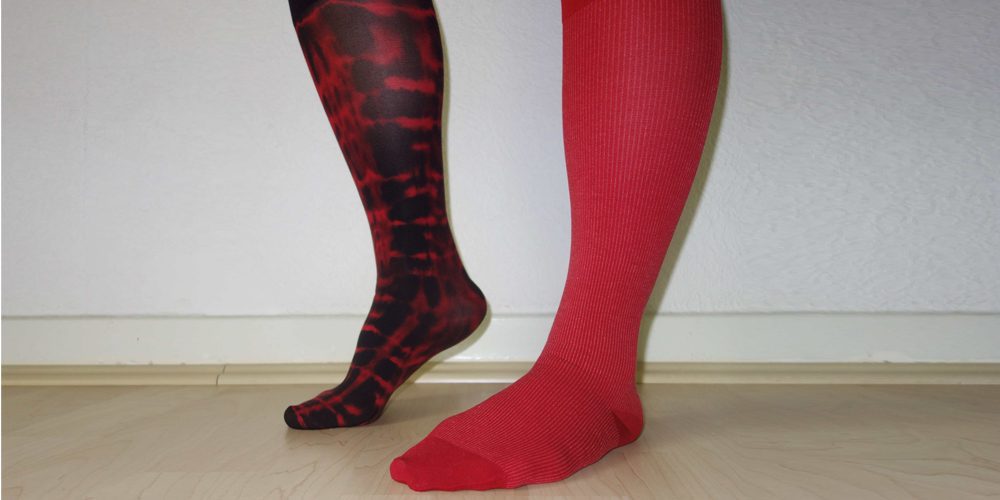




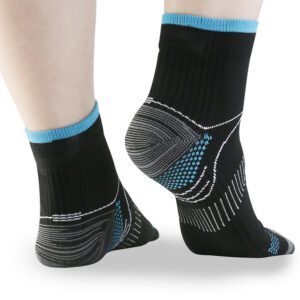
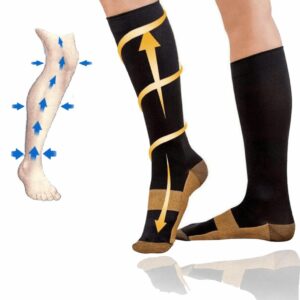


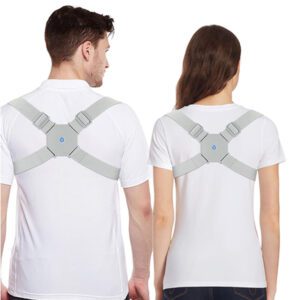

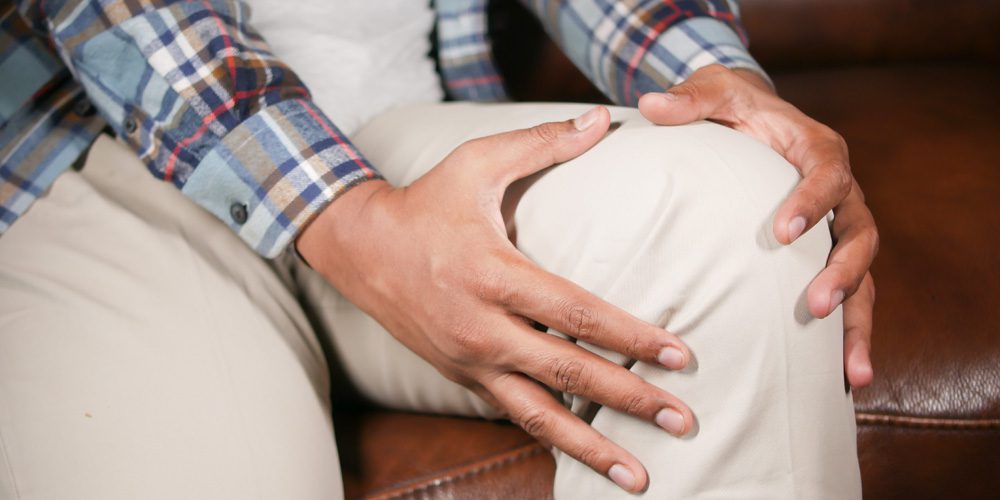

4 Responses
You do not provide anywhere to order the socks?
You can find our compression socks either by visiting our shop (by clicking on shop in the header), by visiting the compression socks page here or by clicking the menu icon and navigating from there. no too hard ;)
HOW DO WE ORDER A PAIR OF SOCKS???????
No where to do so.
You can find our compression socks either by visiting our shop (by clicking on shop in the header), by visiting the compression socks page here or by clicking the menu icon and navigating from there. no too hard ;)